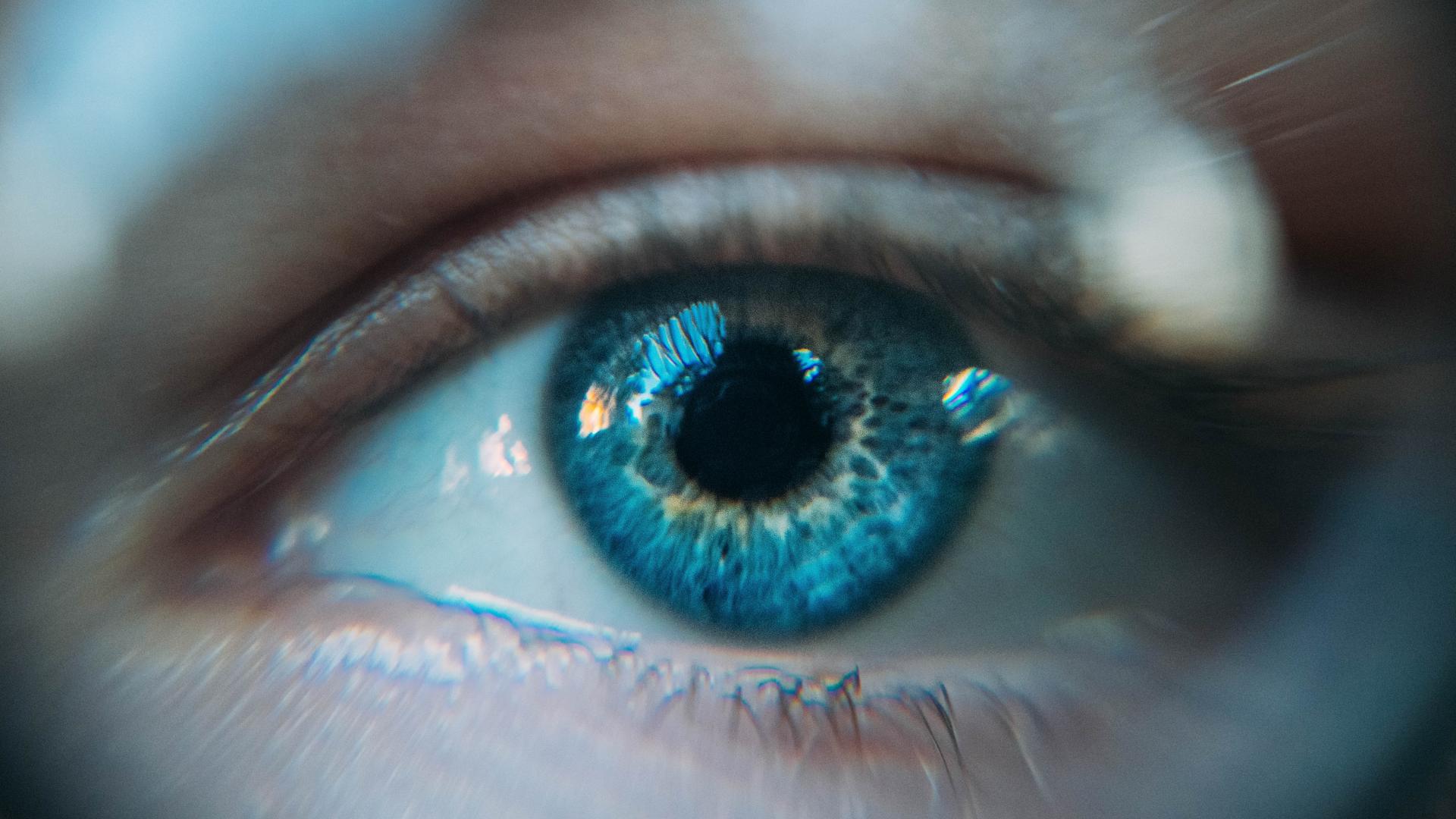Understanding the Role of Different Cells in the Eye That Are Affected in AMD

About the Research Project
Program
Award Type
Standard
Award Amount
$160,000
Active Dates
July 01, 2015 - June 30, 2018
Grant ID
M2015267
Goals
In macular degeneration, the light-sensing tissue in the back of our eye called the retina, becomes damaged. In the retina, the retinal pigment epithelium (RPE) cells and their underlying vascular support system, the choroid, are the main cell types affected in age-related macular degeneration (AMD), the most common form, and in similar vision diseases. However, it is not known whether RPE or choroid cells are responsible for the disease. Therefore, our goal in this study is to identify whether loss of RPE or choroid cell function alone can cause the disease. This knowledge will help us to develop drug treatments that can make the affected cell types healthy again.
Summary
The overall goal of this project is to understand the role of different cells in the eye that are affected by macular degeneration, and which of them initiate disease processes culminating in visual dysfunction. We will use human induced pluripotent stem cells (hiPSCs) derived from patients with macular degeneration and unaffected control subjects to generate both RPE and endothelial cells (EC). We will then evaluate whether RPE and/or EC cells derived from patients with macular degeneration display different physical and functional characteristics than RPE and/or EC derived from unaffected individuals. Furthermore, because both RPE and EC can be affected in late-stage macular degeneration, we will determine whether defects in one cell type (RPE or EC cells) are sufficient to affect the properties of the other cell type (RPE/EC) when both cell types are cultured together.
The most innovative aspect of this study is that we are using patient-derived cells to study the disease mechanism of macular degeneration in the cell type(s) that are affected in the patient eyes (RPE and EC). Establishing a human model of macular degeneration composed of both affected cell type(s) (RPE and EC) to identify the specific role of each individual cell type has never been done before. Understanding the specific contribution of the RPE versus EC in disease development will have significant implications in the coming years for designing rational drug therapies targeting macular degeneration. Furthermore, a patient-derived human model of macular degeneration will allow us to test potential drug therapies in future studies.
Related Grants
Macular Degeneration Research
A Blood Test to Measure Genes Associated with Macular Degeneration
Active Dates
July 01, 2025 - June 30, 2028

Principal Investigator
Jerzy Szablowski, PhD
Current Organization
William Marsh Rice University
A Blood Test to Measure Genes Associated with Macular Degeneration
Active Dates
July 01, 2025 - June 30, 2028

Principal Investigator
Jerzy Szablowski, PhD
Current Organization
William Marsh Rice University
Macular Degeneration Research
Tracking Biological Responses to Lifestyle Changes in AMD Patients
Active Dates
July 01, 2025 - June 30, 2027

Principal Investigator
Joëlle Vergroesen, PhD
Current Organization
Erasmus University Medical Center Rotterdam (Erasmus MC)
Tracking Biological Responses to Lifestyle Changes in AMD Patients
Active Dates
July 01, 2025 - June 30, 2027

Principal Investigator
Joëlle Vergroesen, PhD
Current Organization
Erasmus University Medical Center Rotterdam (Erasmus MC)
Macular Degeneration Research
Investigating AMD-Like Disease in Animal Models
Active Dates
July 01, 2024 - June 30, 2027

Principal Investigator
Brittany Carr, PhD
Current Organization
University of Alberta
Investigating AMD-Like Disease in Animal Models
Active Dates
July 01, 2024 - June 30, 2027

Principal Investigator
Brittany Carr, PhD
Current Organization
University of Alberta





